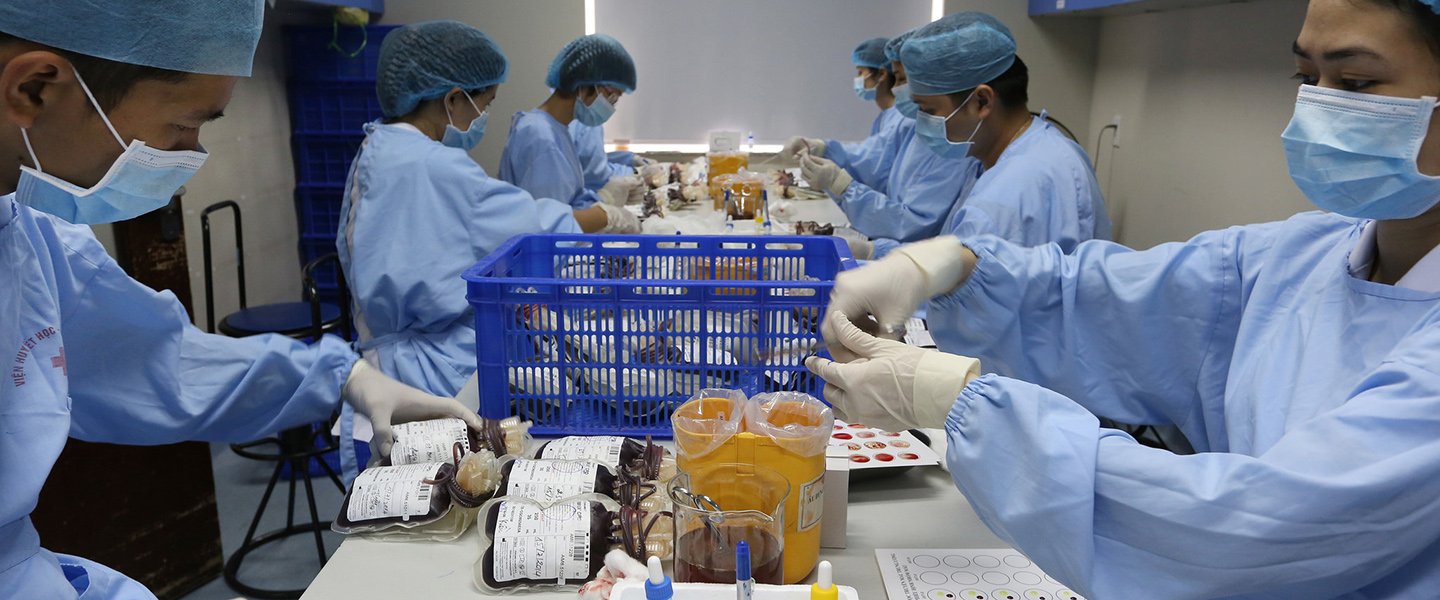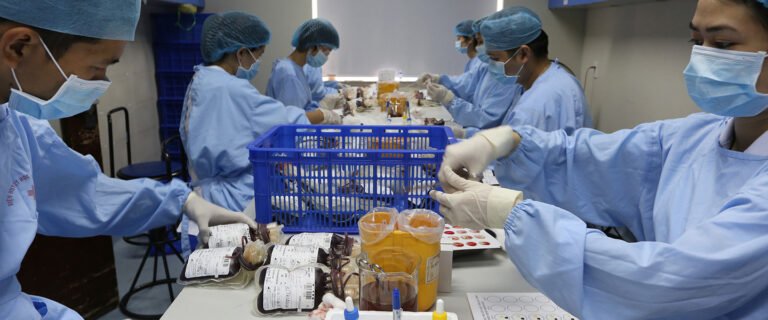
The world has faced an unprecedented health crisis over the past few years with the COVID-19 pandemic. The devastating impact on public health, economies, and daily life has highlighted the importance of global preparedness in the face of pandemics. As we continue to recover from COVID-19, new health threats are emerging, presenting challenges to healthcare systems, governments, and societies around the globe. From viral outbreaks to the rise of antibiotic-resistant bacteria, the fight against pandemic threats is ongoing. In this article, we’ll explore the latest updates on global health, with a focus on the current and emerging pandemic threats, and the strategies being implemented to tackle these challenges.
1. The COVID-19 Aftermath: Ongoing Variants and Vaccination Efforts
While the world has made remarkable strides in combating COVID-19, the virus continues to pose challenges. New variants of the virus have emerged, sparking concerns about their potential to cause future waves of infection. The Delta variant, followed by the Omicron variant, demonstrated the virus’s ability to mutate and spread more rapidly, raising questions about the effectiveness of vaccines and natural immunity.
Ongoing Vaccine Development
Vaccination efforts worldwide have helped mitigate the impact of the pandemic, with billions of people receiving vaccines in record time. However, the emergence of new variants has prompted ongoing research into booster shots and updated vaccines. Pharmaceutical companies like Pfizer, Moderna, and AstraZeneca are working on formulations that can better address variants of concern, ensuring long-term protection against the virus. Scientists are also investigating new vaccine platforms, including nasal sprays and mRNA-based vaccines, to provide more accessible and potentially more effective solutions.
Global Disparities in Vaccination
Despite the progress in vaccine development, global disparities in vaccine access remain a major issue. While high-income countries have made significant progress in vaccinating their populations, many low- and middle-income nations are still struggling to obtain sufficient vaccine doses. Initiatives like COVAX, supported by the World Health Organization (WHO), aim to provide equitable access to vaccines, but challenges in supply chains, distribution, and financing continue to hinder progress. Addressing these disparities is crucial in preventing the emergence of new variants and achieving global immunity.
2. Monkeypox: A New Public Health Threat
In 2022, the world witnessed an unexpected outbreak of monkeypox, a viral disease traditionally found in parts of West and Central Africa. While monkeypox had previously been confined to limited regions, it began to spread across Europe, North America, and other parts of the world, raising concerns about the potential for a global health crisis.
Symptoms and Transmission
Monkeypox, caused by a virus from the same family as smallpox, is typically characterized by fever, swollen lymph nodes, and a distinctive rash that progresses to fluid-filled pustules. While the disease is usually mild, it can cause severe complications in certain populations, including immunocompromised individuals. The virus is transmitted through direct contact with infected bodily fluids, lesions, or contaminated materials, making it more difficult to spread than airborne viruses like COVID-19.
Global Response
Health authorities are actively monitoring monkeypox cases and taking measures to contain its spread. The World Health Organization (WHO) has issued guidance on monkeypox prevention and treatment, recommending the use of smallpox vaccines as a preventative measure, since the two viruses are closely related. Countries with reported cases are implementing contact tracing, isolation protocols, and public health messaging to raise awareness about the disease.
Although the global response to monkeypox has been swift, scientists remain vigilant in studying the virus’s transmission patterns and potential long-term effects. Some experts speculate that global travel and increased human-wildlife interactions may have contributed to the virus’s spread beyond endemic regions.
3. The Rise of Antimicrobial Resistance (AMR)
In addition to emerging viral diseases, antimicrobial resistance (AMR) is another pressing public health threat that is gaining attention. AMR occurs when bacteria, viruses, fungi, and parasites evolve to resist the drugs that once killed them. The overuse and misuse of antibiotics in human medicine, agriculture, and veterinary care have accelerated the development of resistant pathogens, creating “superbugs” that are difficult or impossible to treat.
The Global Impact of AMR
AMR has become a silent pandemic, contributing to an estimated 700,000 deaths per year worldwide, a figure that is projected to increase significantly if left unchecked. The World Health Organization has identified AMR as one of the top ten global public health threats, as resistant infections can lead to prolonged hospitalizations, longer recovery times, and a higher risk of death.
The rise of multidrug-resistant tuberculosis (MDR-TB) and drug-resistant malaria is particularly concerning, as these diseases disproportionately affect low-income countries. The absence of effective treatment options for these infections could undermine years of progress in the fight against poverty-related diseases.
Efforts to Combat AMR
In response to the growing threat of AMR, global health organizations are calling for increased efforts to curb antibiotic misuse and improve surveillance of drug-resistant infections. The United Nations has created a global action plan to combat AMR, focusing on improving antibiotic stewardship, enhancing diagnostic capabilities, and investing in the development of new antibiotics and alternative treatments. However, developing new antibiotics is challenging due to the high costs and regulatory hurdles involved.
Governments and pharmaceutical companies are also exploring new solutions, such as bacteriophage therapy, which uses viruses that target and kill specific bacteria, and antimicrobial peptides, which offer an alternative to traditional antibiotics.
4. Influenza and Other Seasonal Viruses: Preparing for Future Outbreaks
Seasonal viruses like influenza and respiratory syncytial virus (RSV) continue to pose threats to public health, especially during colder months when respiratory infections tend to peak. These viruses, while not new, continue to evolve and mutate, potentially leading to seasonal outbreaks that require careful management.
Flu Vaccination and Research
Each year, scientists develop flu vaccines based on predictions of which strains are most likely to circulate. However, flu viruses can mutate rapidly, and there is always the risk of an unexpected strain causing widespread illness. Experts are working on creating universal flu vaccines that would provide longer-lasting protection against a wider range of flu viruses, reducing the need for annual shots.
RSV and Other Respiratory Infections
RSV, which can cause severe respiratory illness in young children and older adults, has become a growing concern as healthcare systems continue to grapple with the fallout from the COVID-19 pandemic. In 2022, several countries reported an early and intense RSV season, leading to higher hospitalization rates for children. Researchers are now focused on developing vaccines and treatments for RSV, as well as improving diagnostic tools to better identify and manage seasonal viruses.
5. The Importance of Global Health Surveillance and Preparedness
The COVID-19 pandemic has underscored the importance of global health surveillance in detecting and responding to emerging infectious diseases. International collaborations like the Global Health Security Agenda (GHSA) and the World Health Organization’s (WHO) International Health Regulations (IHR) are key to enhancing countries’ ability to monitor, report, and respond to new health threats.
Early warning systems and genomic sequencing have played a crucial role in identifying new viral variants and tracking the spread of diseases like COVID-19 and monkeypox. In addition, strengthening healthcare infrastructure and improving access to diagnostic tools are critical for addressing the health challenges of the future.
Many experts also emphasize the importance of One Health, which recognizes the interconnectedness of human, animal, and environmental health. By taking a more integrated approach to health, authorities can better manage the risks of zoonotic diseases—diseases that can be transmitted from animals to humans—and prevent future pandemics.
Conclusion: A Call to Action for Global Cooperation
As we continue to face the ongoing impacts of COVID-19 and respond to new threats like monkeypox and antimicrobial resistance, global cooperation and innovation are essential. From the continued fight against COVID-19 variants to developing new treatments for emerging diseases, the world must remain vigilant in the face of health challenges.
Governments, scientists, health organizations, and individuals must work together to improve healthcare infrastructure, accelerate vaccine development, and ensure equitable access to medical resources worldwide. By investing in global health systems, strengthening surveillance capabilities, and preparing for the next pandemic, we can better protect public health and reduce the impact of future global health crises.
As we move forward, the importance of preparedness, research, and collaboration cannot be overstated. The world must be ready to act swiftly and decisively in the fight against pandemic threats, ensuring that we are better equipped to face the challenges of the future.



